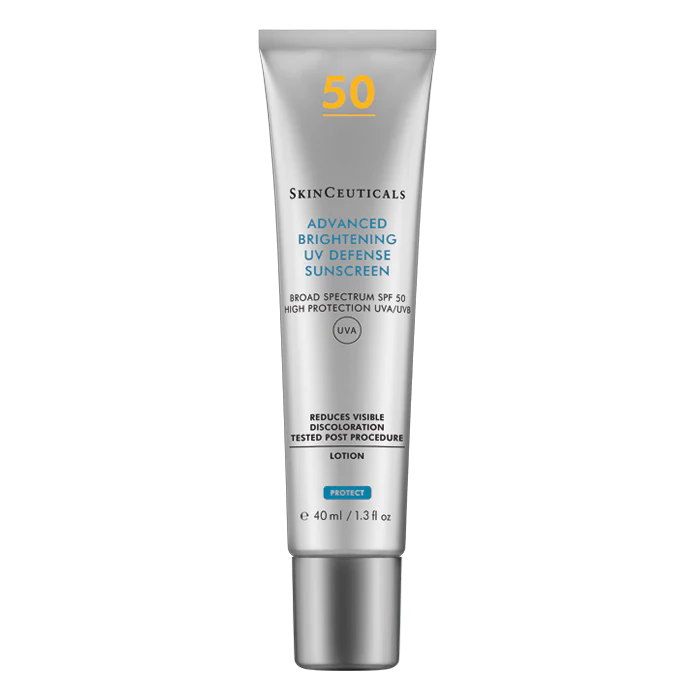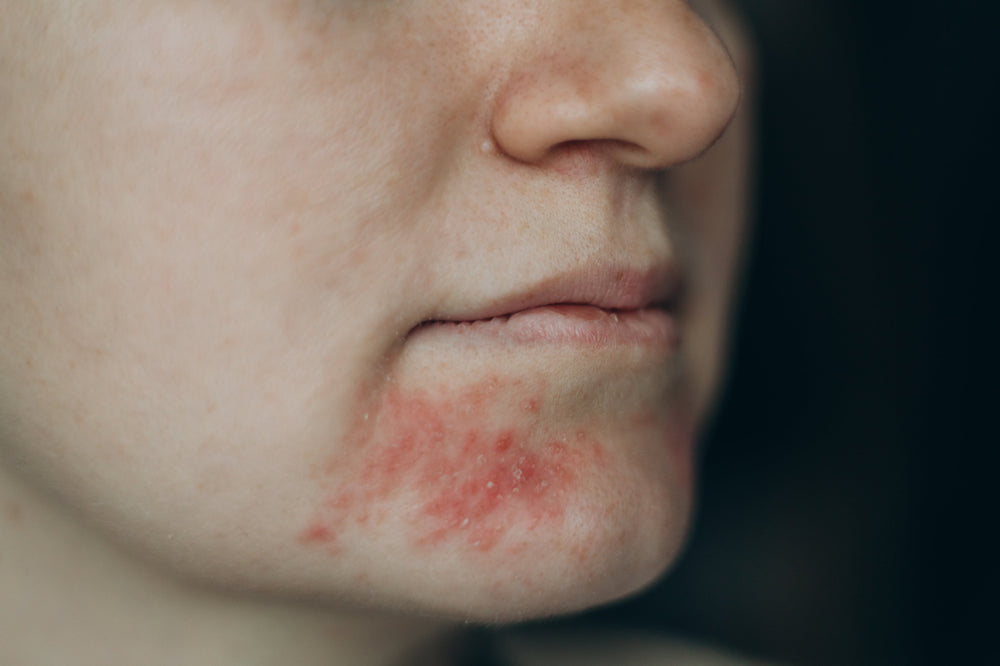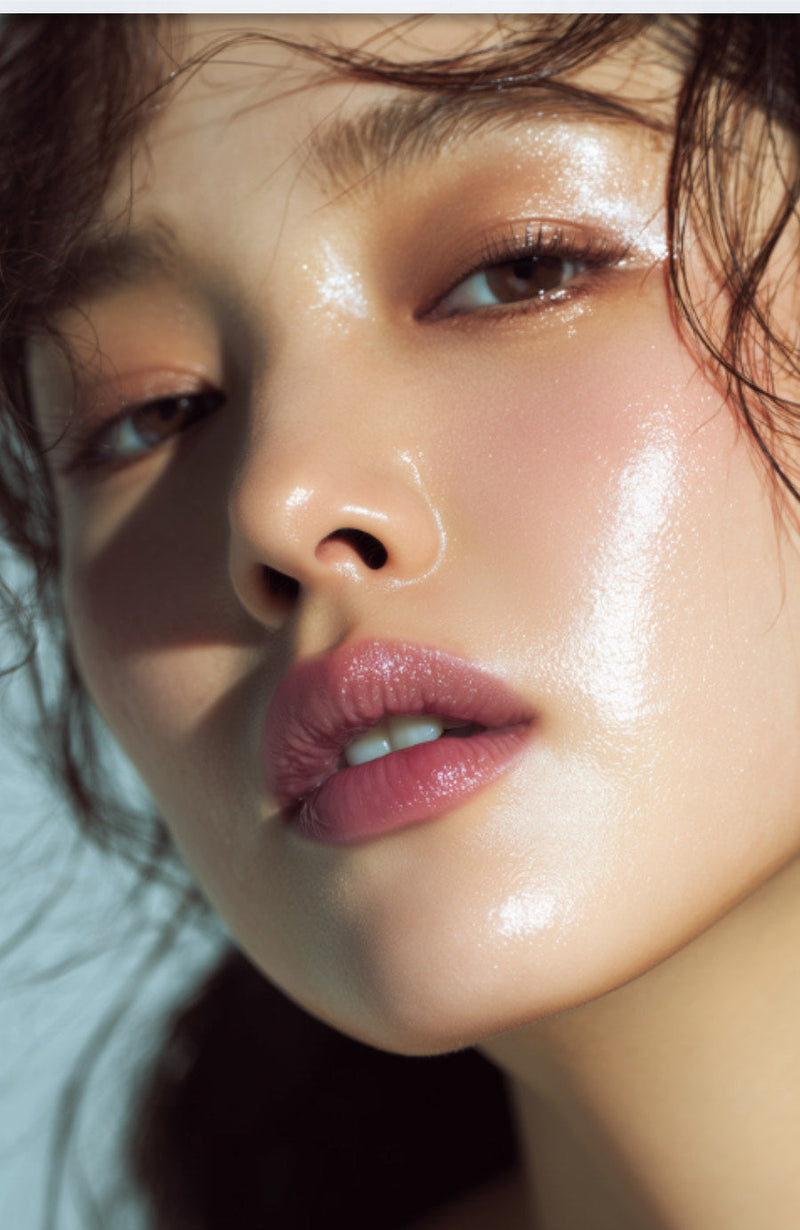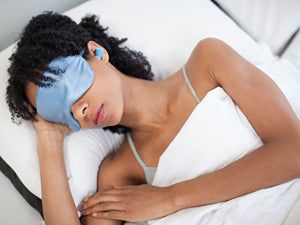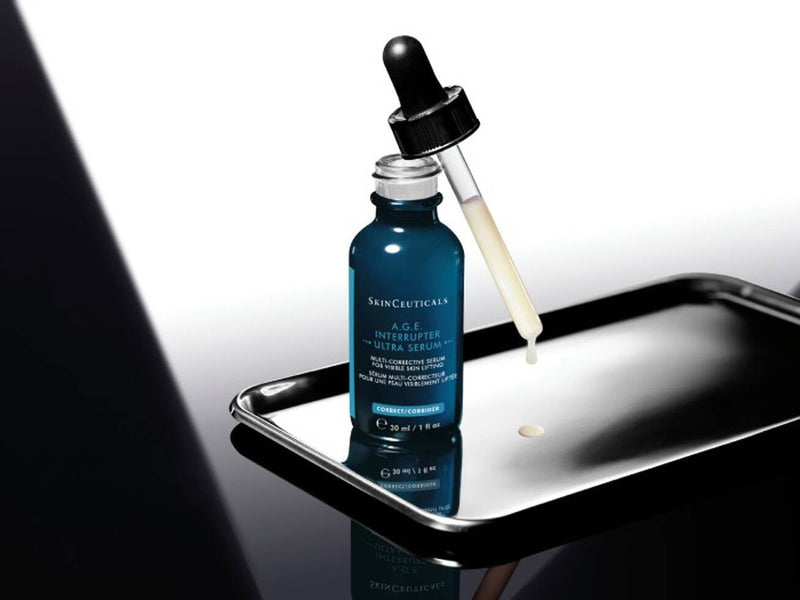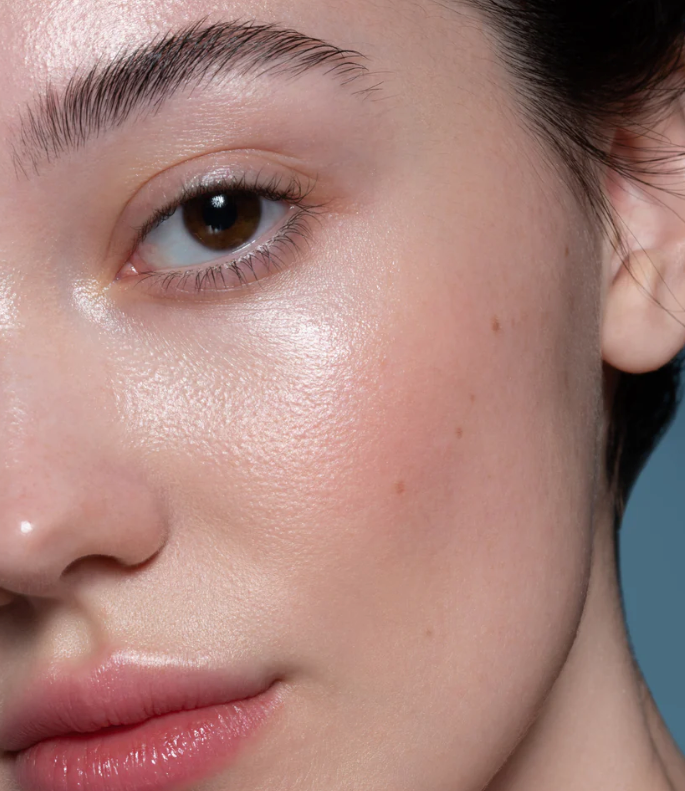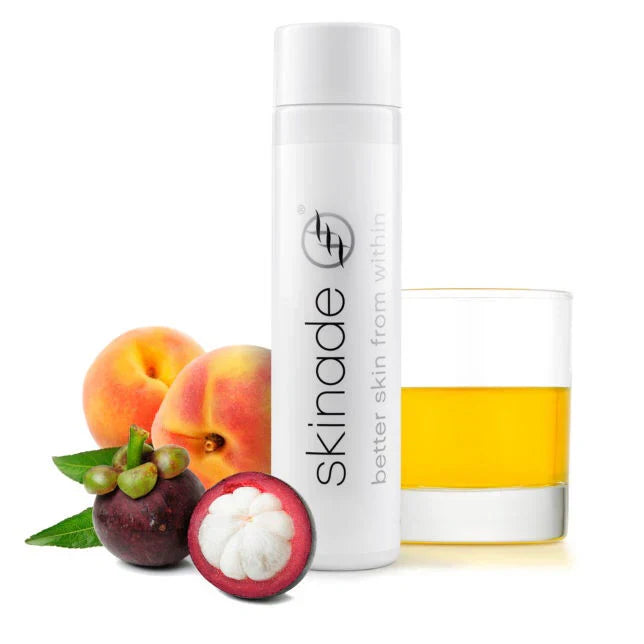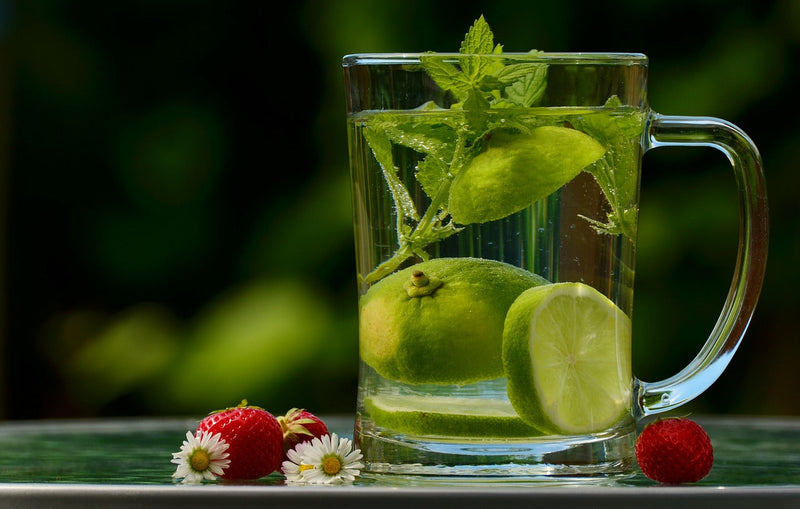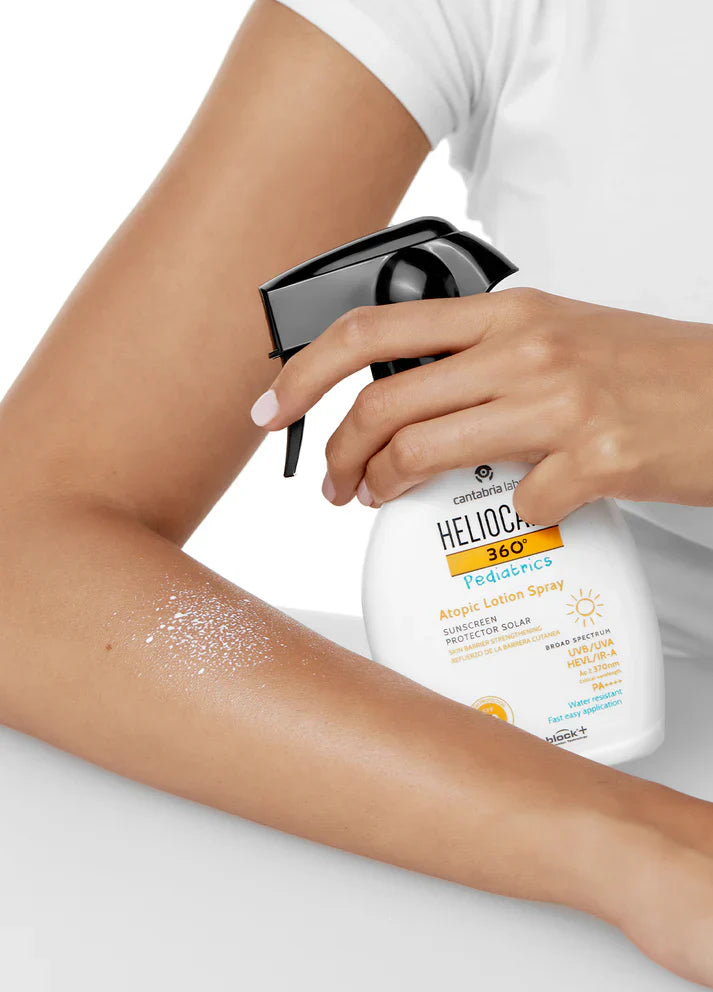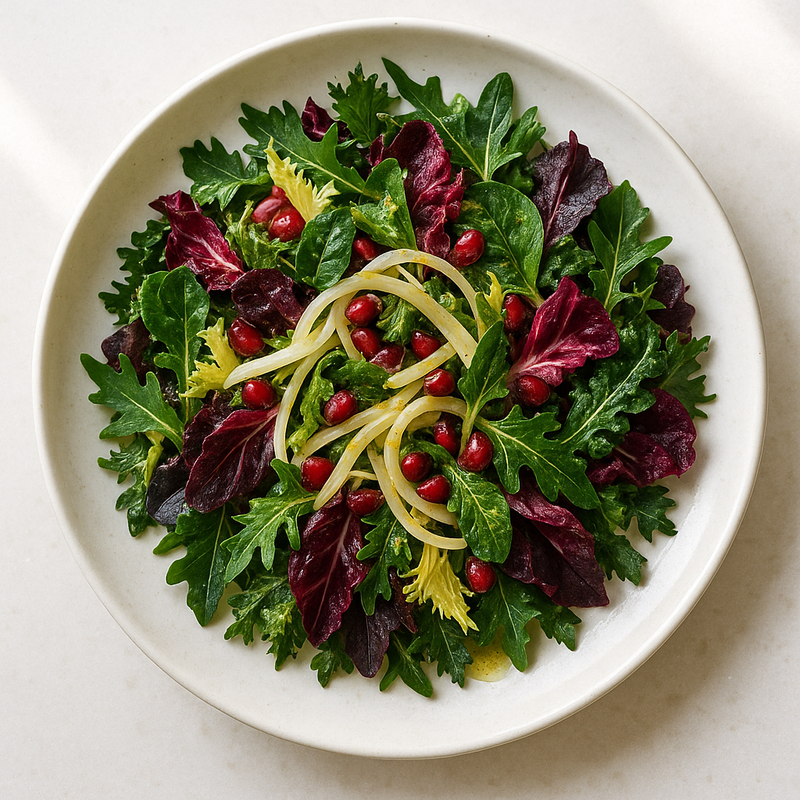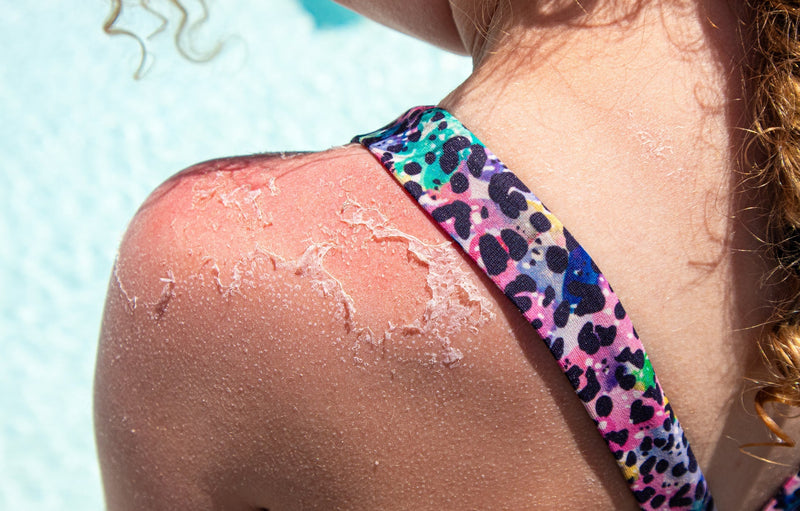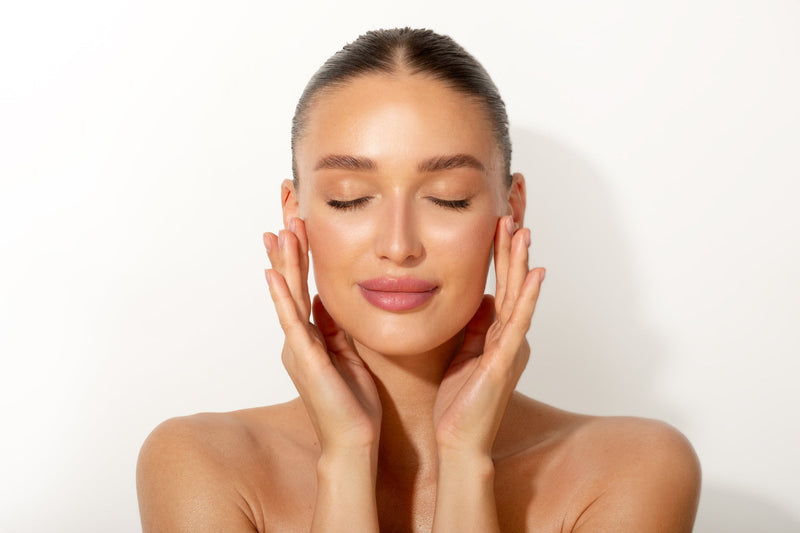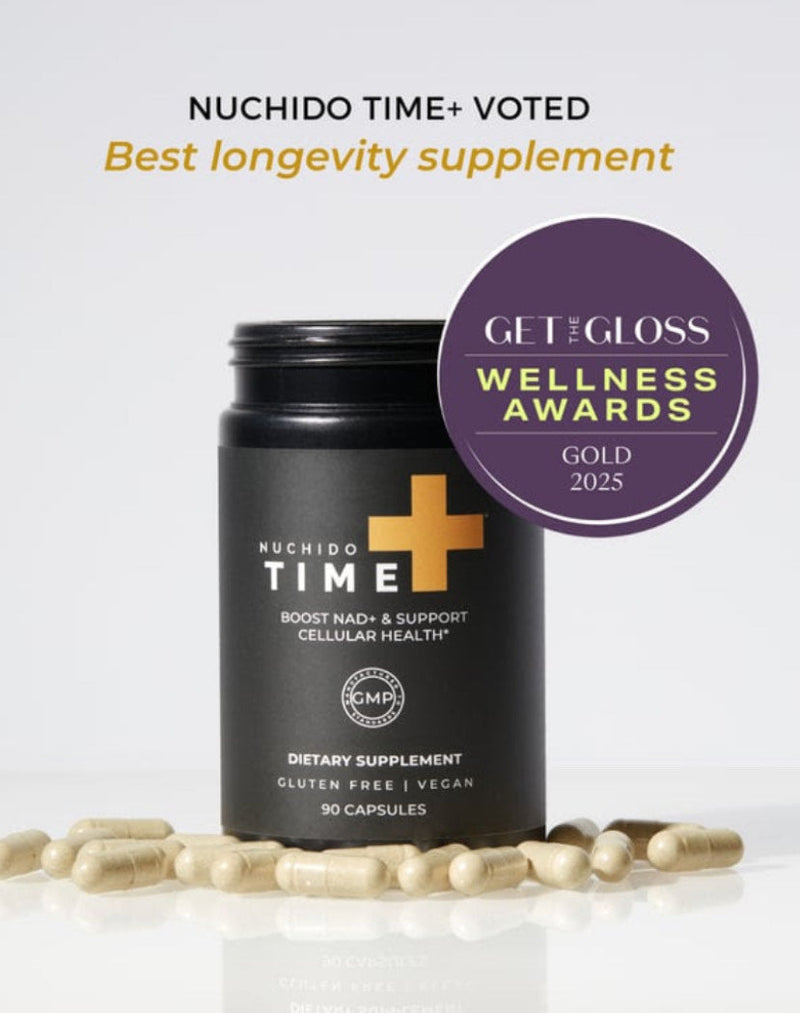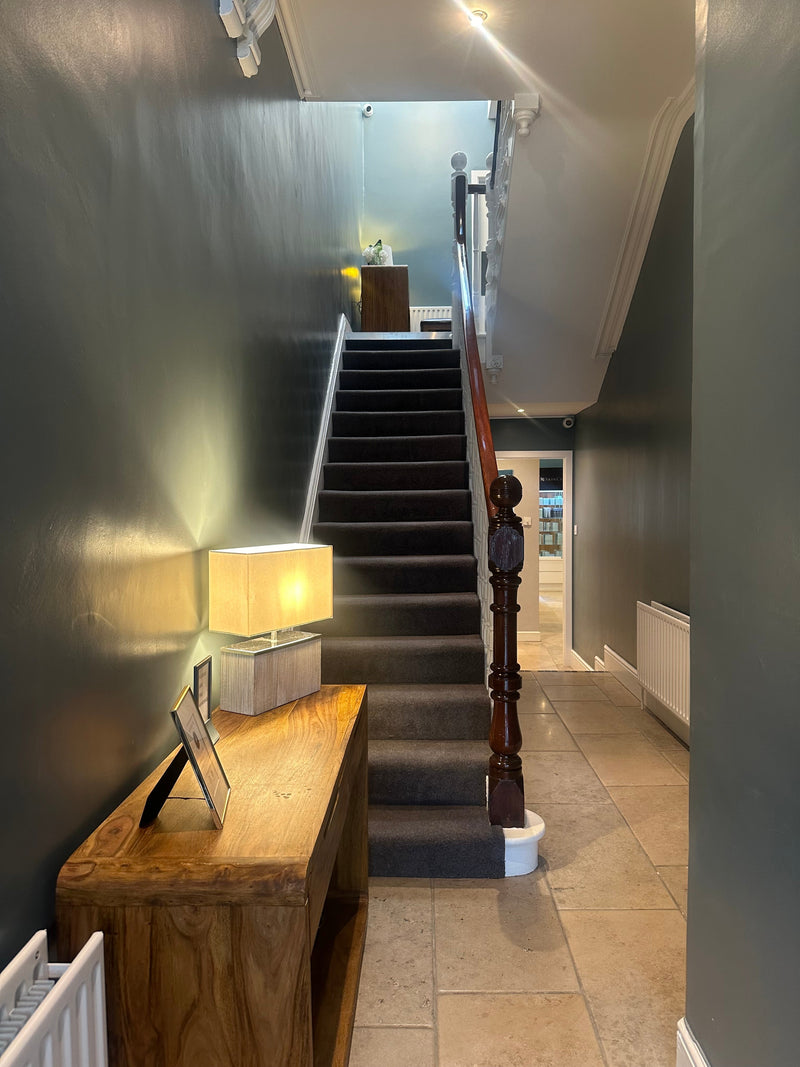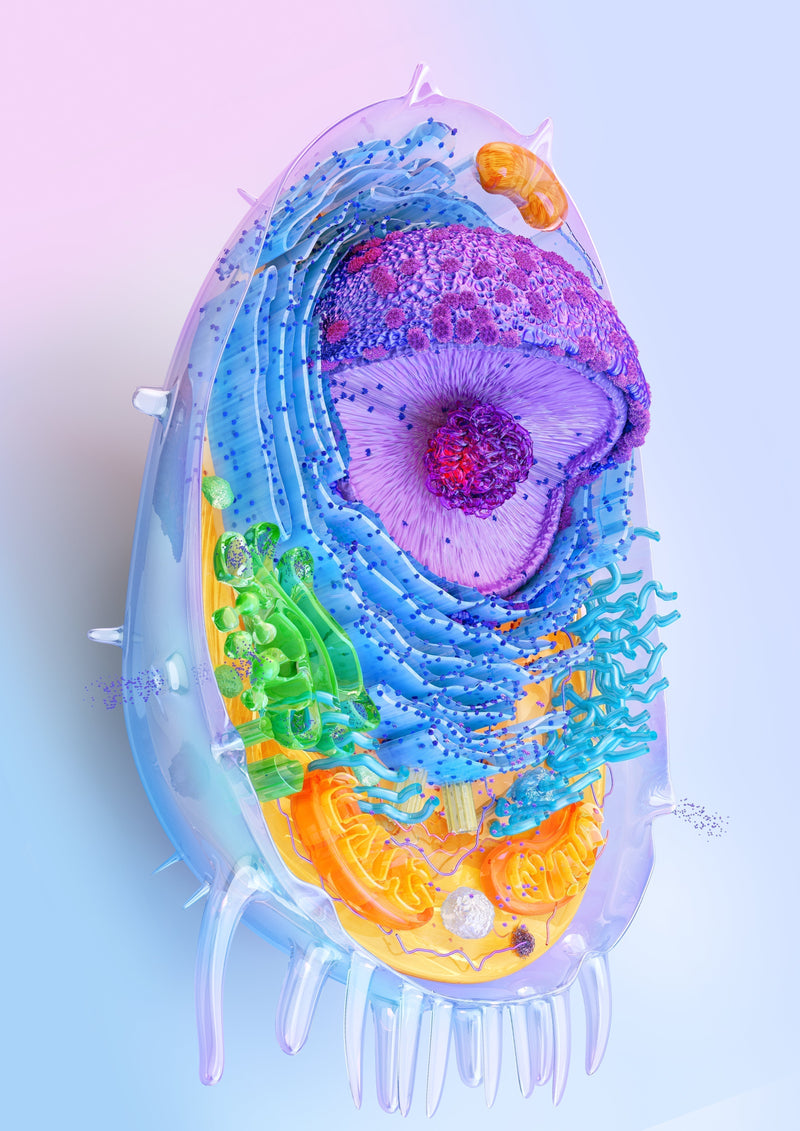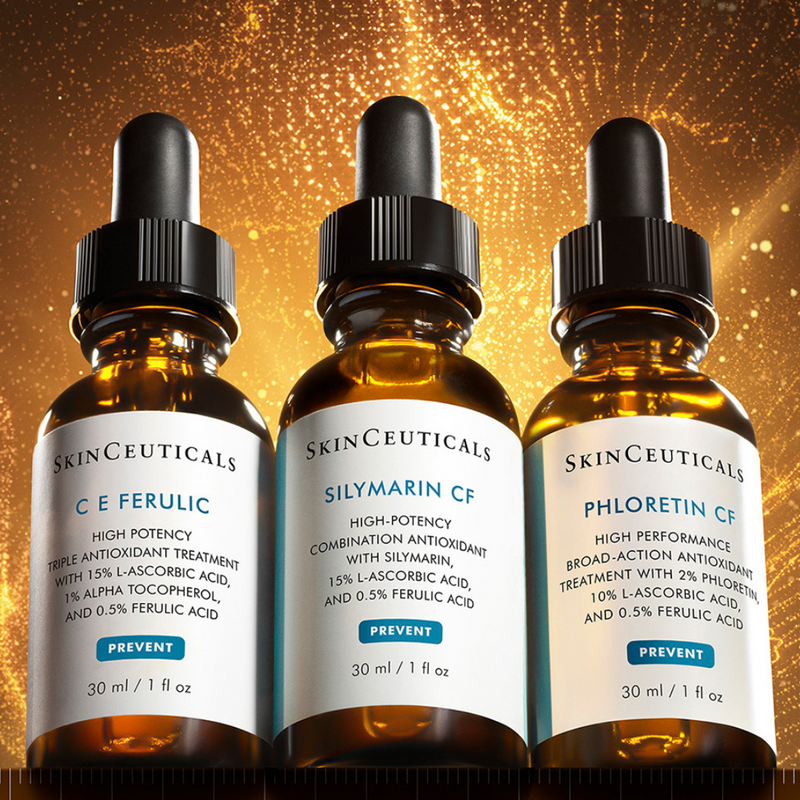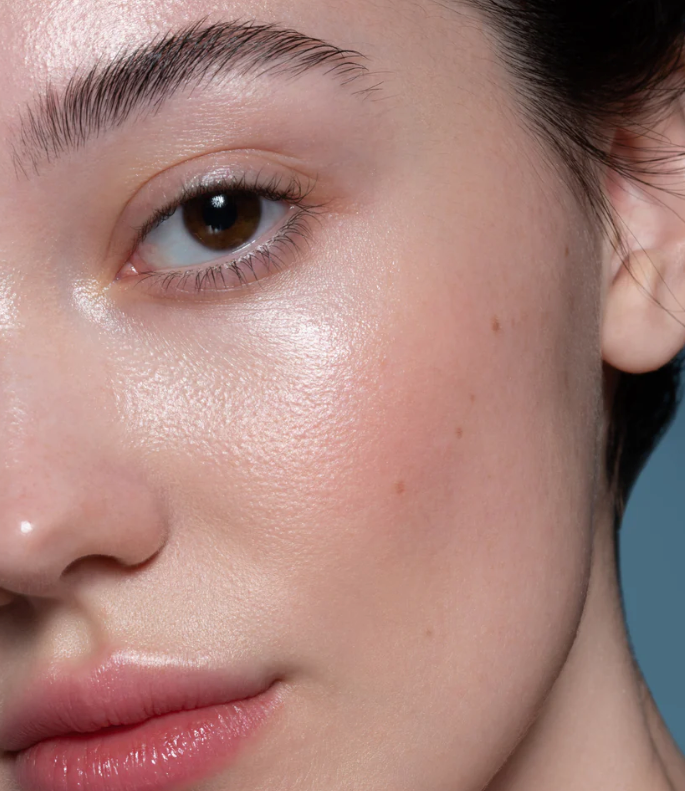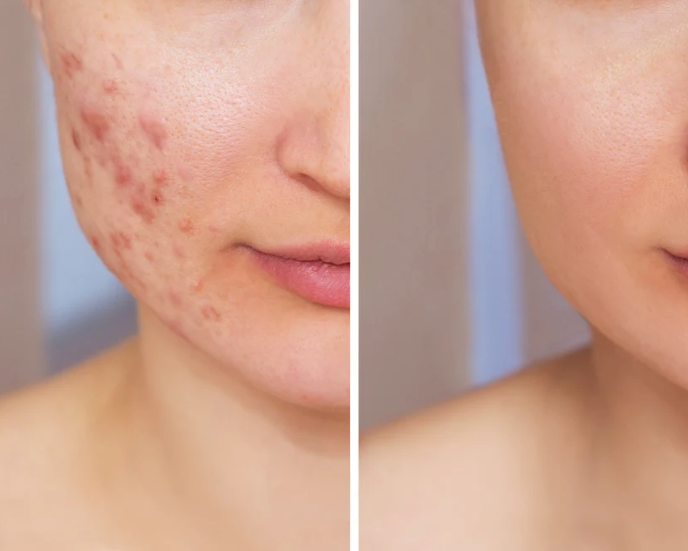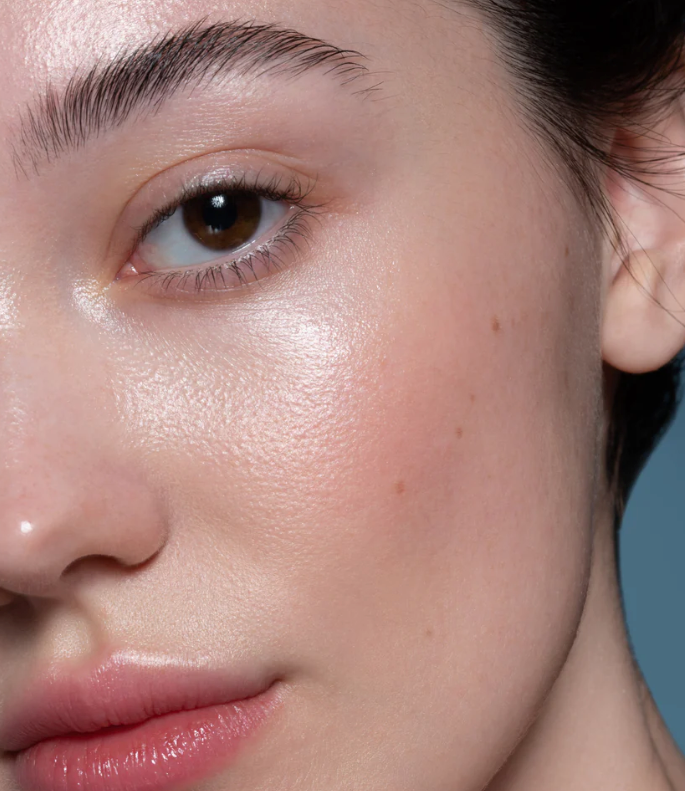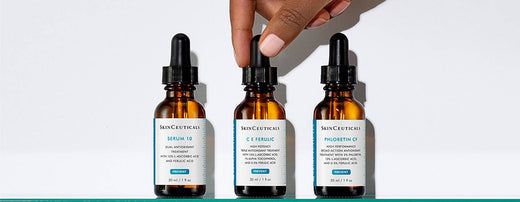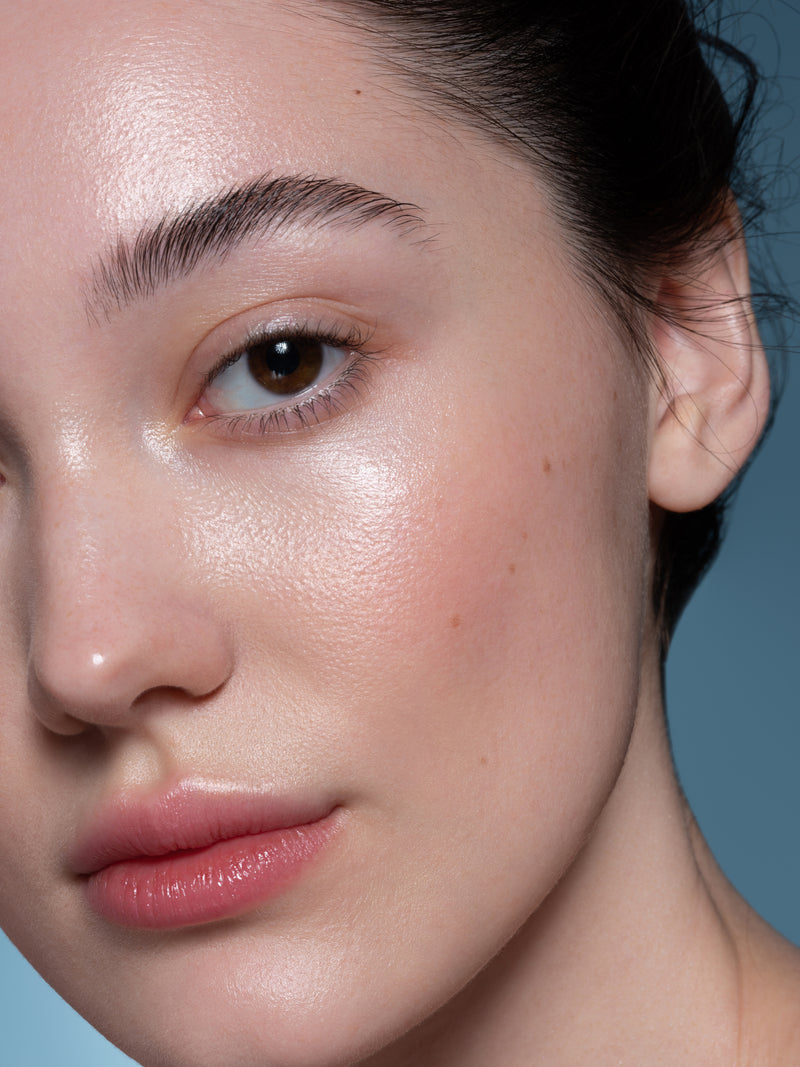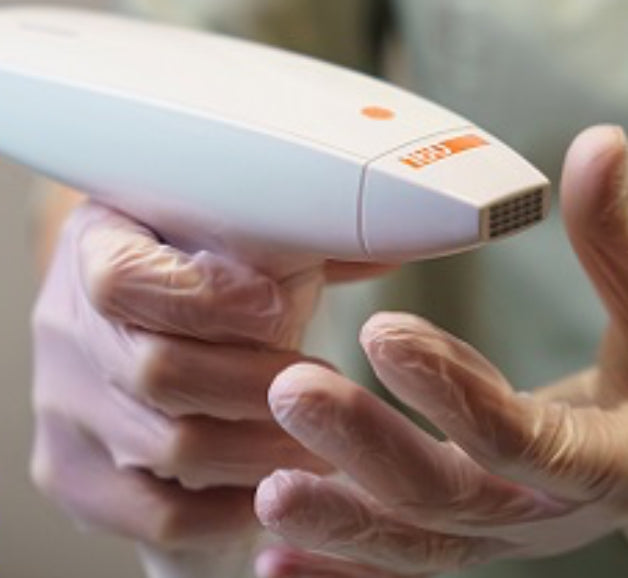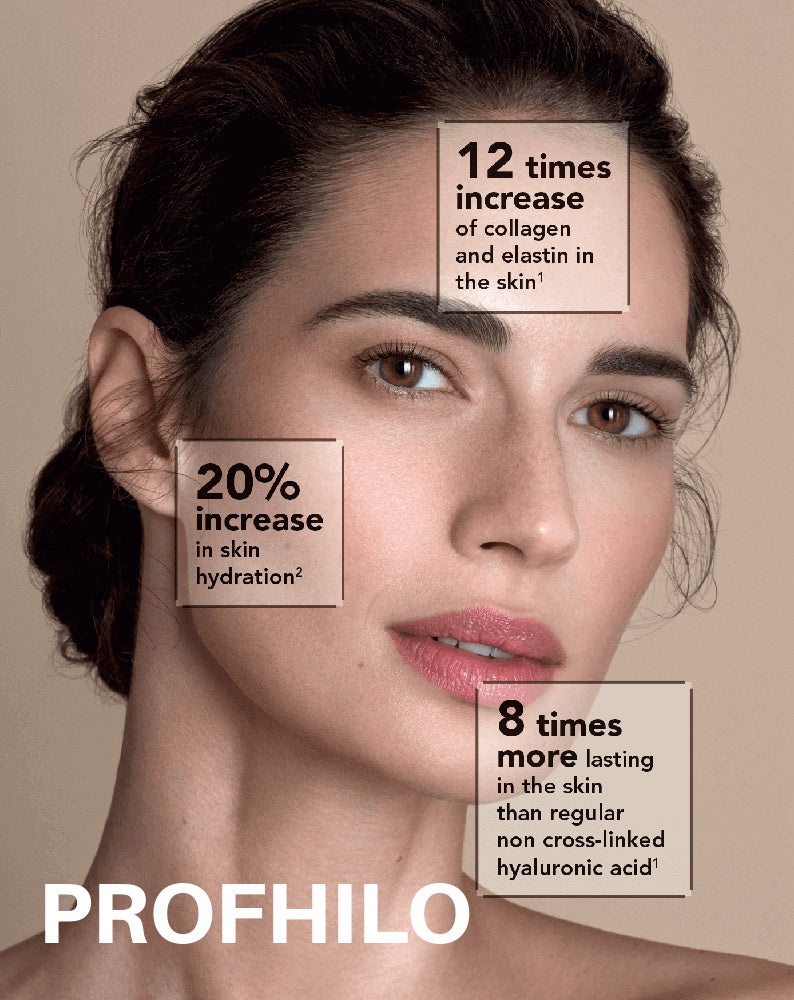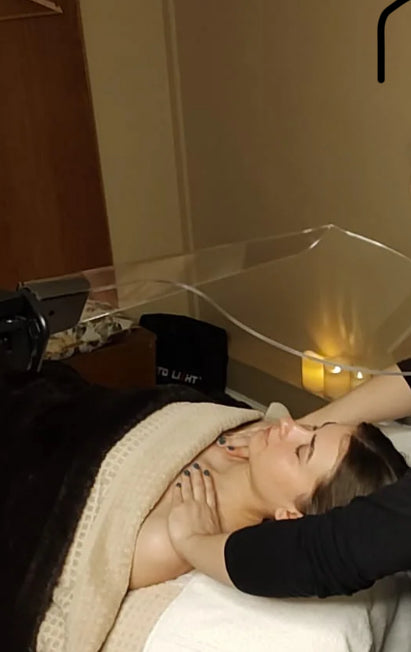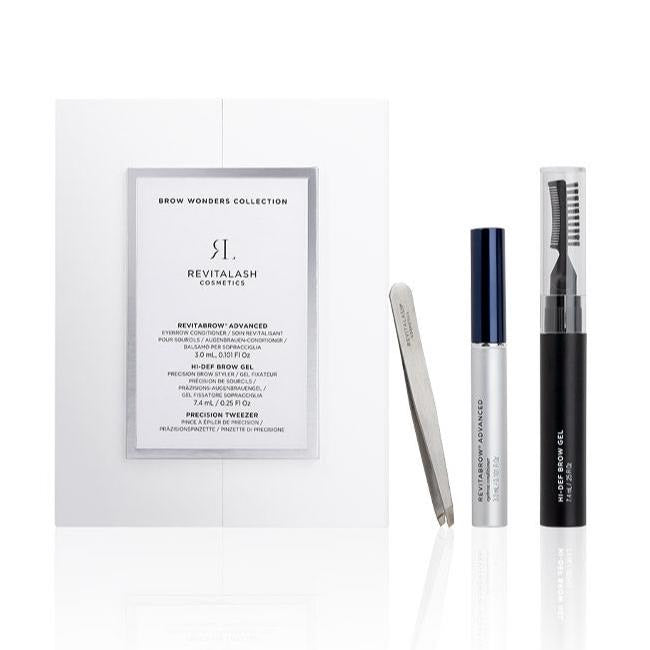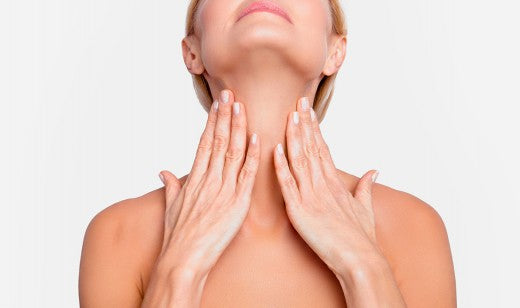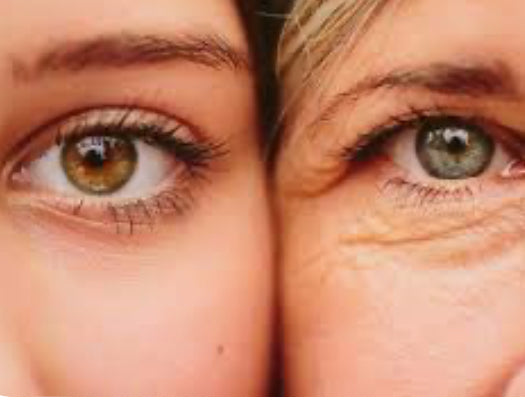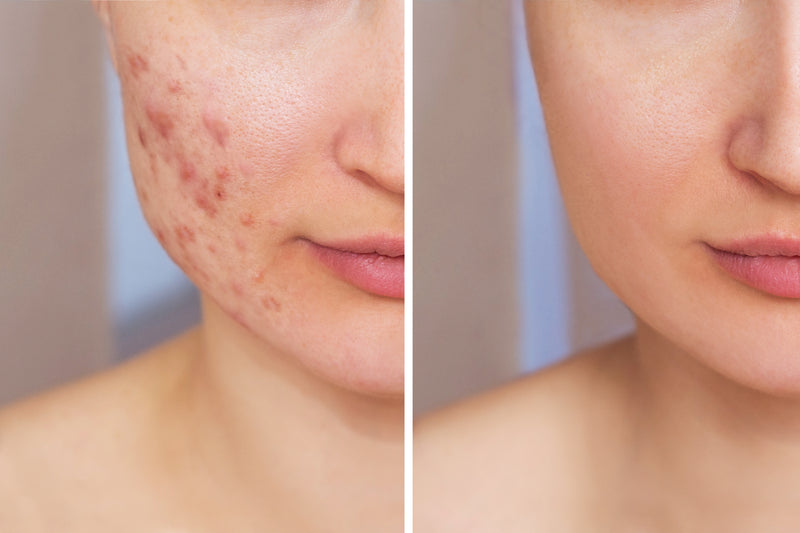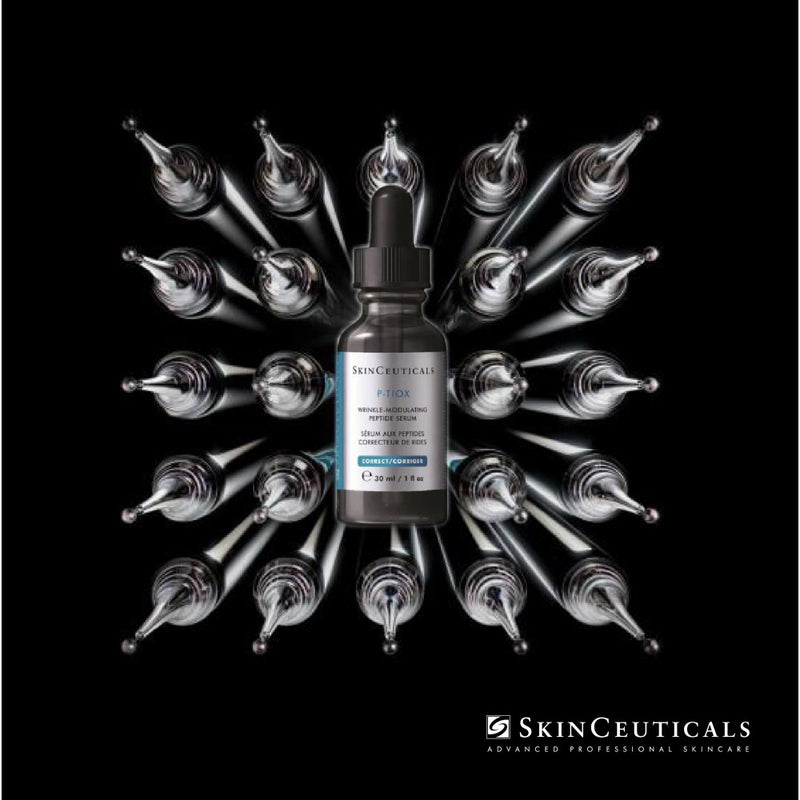Seborrhoeic dermatitis (seb derm) is a common, chronic inflammatory skin condition that affects areas rich in oil glands — most often the scalp, eyebrows, sides of the nose, ears, and sometimes the chest. It appears as flaky, red, or greasy patches that may itch or feel sore. Although mild in many people, it can become distressing when persistent, especially because the symptoms often worsen during stress, illness, or colder weather.

(Image Credit: Austin Clinic Balgowlah)
What Causes Seborrhoeic Dermatitis
The condition develops through a mix of biological and environmental factors:
-
Yeast overgrowth: A microscopic yeast called Malassezia lives naturally on the skin but can multiply excessively in oily areas, triggering inflammation.
-
Sebum imbalance: Overproduction of natural oils provides more “fuel” for the yeast.
-
Skin barrier dysfunction: When the outer layer of skin loses integrity, it becomes more reactive to microbes and environmental irritants.
-
Immune response: Some people’s immune systems overreact to normal yeast levels, creating a cycle of inflammation.
-
Genetics, hormones and stress: Each can alter sebum levels and barrier strength, making flare-ups more likely.
Who Is More Susceptible
Seborrhoeic dermatitis affects all ages but is most common in:
-
Adults between 20–60 years old.
-
Infants (known as cradle cap).
-
Individuals with oily skin types.
-
People experiencing stress, hormonal changes or sleep deprivation.
-
Those with neurological conditions such as Parkinson’s disease.
-
Individuals with compromised immune systems.
Cold, dry climates and over-cleansing can also make flare-ups more frequent.
The Role of the Skin Barrier
The skin barrier acts as a protective wall — preventing moisture loss and blocking irritants. When this barrier is weakened by harsh products, over-washing or weather exposure, the skin becomes vulnerable to inflammation. In seborrhoeic dermatitis, the barrier is often compromised, which allows natural yeast and its by-products to penetrate deeper layers of the skin. This triggers redness, itching, and scaling. Supporting the barrier through hydration, ceramides, and gentle cleansing is essential for recovery and prevention.
Flaking and Secondary Irritation
The tiny scales produced by seborrhoeic dermatitis can further irritate sensitive or inflamed skin. These micro-flakes can create mechanical friction, especially on delicate facial areas. In people prone to rosacea, eczema, or general sensitivity, this irritation can worsen redness, tightness and stinging. Avoid scrubbing or over-exfoliating — it damages the surface further. Instead, use mild, pH-balanced cleansers and non-comedogenic emollients to help loosen flakes gently while calming inflammation.
Diet and Lifestyle
While diet alone doesn’t cause seborrhoeic dermatitis, it can influence its severity:
-
Diets high in sugar, refined carbohydrates, and alcohol may increase oil production and inflammation.
-
Omega-3 fatty acids (from oily fish, chia, or flaxseed) help support the skin’s lipid barrier and reduce inflammation.
-
Probiotic-rich foods such as kefir, yoghurt, and fermented vegetables may promote gut balance, which supports immune regulation.
-
Managing stress and sleep is vital; both directly affect hormone and sebum production.
-
Gentle exercise, breathwork and time outdoors lower cortisol and support circulation, which aids repair.
Seborrhoeic Dermatitis and Other Skin Conditions
Seborrhoeic dermatitis often coexists with rosacea, as both involve barrier dysfunction and inflammation. The two can feed into each other — seb derm flakes can irritate rosacea-prone skin, while rosacea’s vascular inflammation can make seb derm patches more sensitive. Using fragrance-free, barrier-supportive products helps calm both conditions simultaneously.
What To Do
- Cleanse gently – Use mild, non-foaming cleansers on affected areas. Avoid strong surfactants or alcohol-based products.
- Soothe inflammation – Apply creams containing zinc, panthenol, or niacinamide to calm the skin.
- Control yeast overgrowth – During flare-ups, use medicated shampoos or creams with ketoconazole, zinc pyrithione, or selenium sulphide.
- Repair the barrier – Regular use of ceramide-rich moisturisers restores the skin’s protective layer.
- Avoid triggers – Excess heat, stress, and fragranced products can aggravate symptoms.
Scalp Health and Treatment Products
The scalp often requires dedicated care:
- How to use: Apply the shampoo, leave for 2–3 minutes, then rinse. Follow with Scalp Mud, massaged into damp hair for 5–10 minutes before rinsing thoroughly. Use once or twice weekly.
- Dead Sea Magik Mineral Shampoo and Scalp Mud: Rich in magnesium, calcium and potassium, these products help reduce inflammation and rebalance oil. Available at the clinic and spa .
-
La Roche-Posay Calming or Kerium DS Shampoo: Formulated with thermal spring water and anti-fungal agents, these calm irritation and support scalp microbiome balance.
-
Head & Shoulders Soothing Shampoo: Contains zinc pyrithione and aloe vera to reduce yeast activity and maintain hydration.
Avoid dry shampoo — it can clog follicles, trap oil and debris, and create a film that feeds Malassezia, worsening flakes and irritation.
Supplements and Support
Certain supplements can help strengthen skin resilience and regulate inflammation:
-
Omega-3 fatty acids – reduce inflammatory response.
-
Vitamin D – modulates immune balance in the skin.
-
Zinc – supports healing and controls yeast growth.
-
B vitamins (especially B6 and biotin) – aid sebum regulation and skin repair.
Always check with a healthcare professional before adding new supplements, particularly if on medication.
Other Contributing Factors
Seborrhoeic dermatitis can worsen with:
-
Cold or dry climates.
-
Over-cleansing or harsh styling products.
-
Hormonal fluctuations.
-
Illness or immune changes.
-
Emotional stress and fatigue.
Addressing these external and internal triggers helps prevent relapse and improve long-term control.
The Takeaway
Seborrhoeic dermatitis isn’t about poor hygiene — it’s about barrier health and biological balance. The goal is not to eliminate oil or yeast entirely but to support the skin’s natural defenses so that both can coexist peacefully. A calm, consistent approach — gentle cleansing, balanced nutrition, stress management, and scalp care — can significantly reduce flare-ups and improve comfort. When the skin barrier is protected, even sensitive skin can find stability again.
